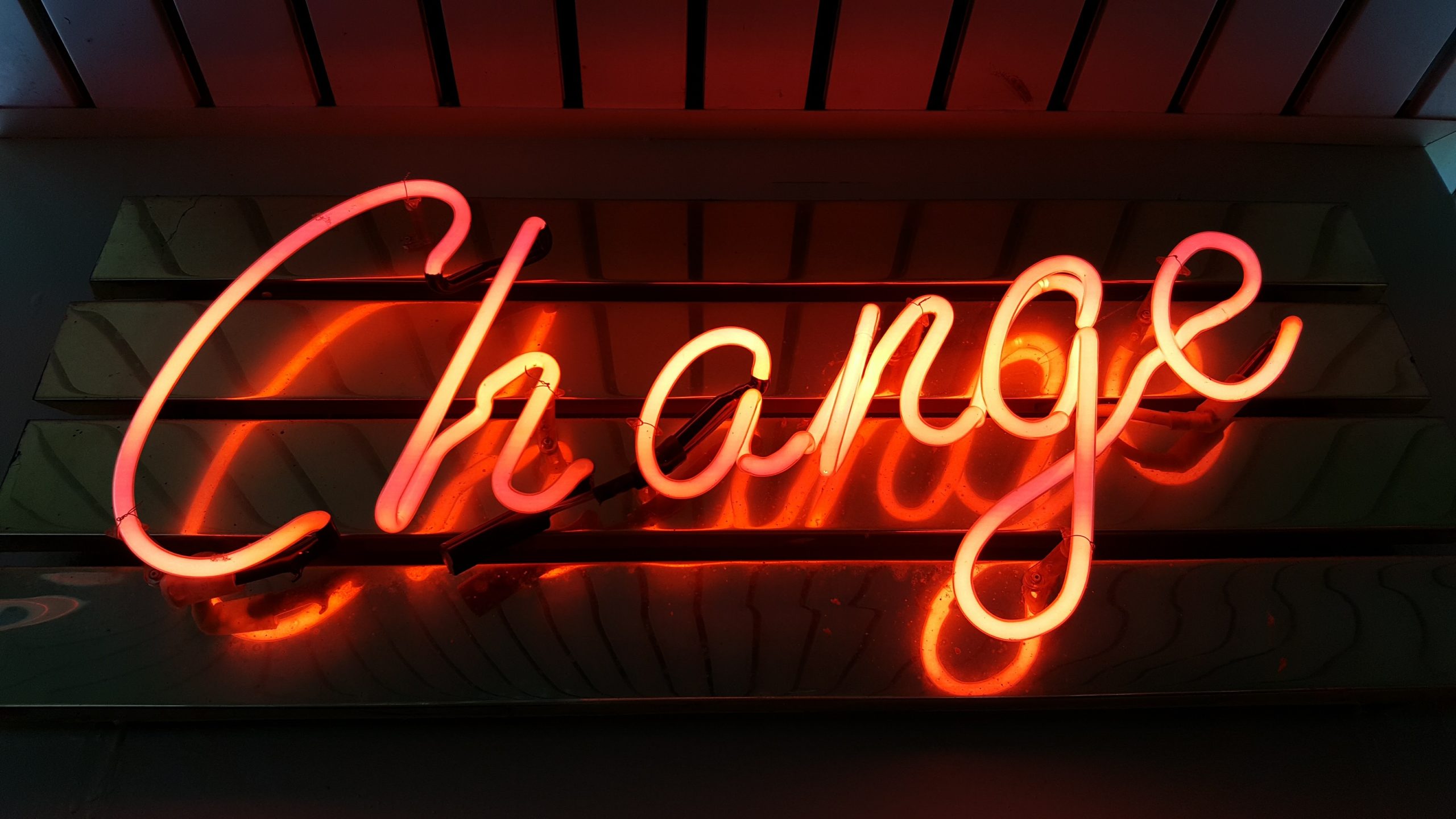Does One Side of the Moon Always Face Earth?
For centuries, the moon has captivated our curiosity and imagination. Its mysterious presence in the night sky has inspired countless myths, poems, and scientific inquiries. One aspect of the moon’s behavior that has piqued the interest of scientists and space enthusiasts alike is its apparent lack of rotation. Many people believe that one side of the moon always faces Earth, but is this really the case? In this blog post, we will explore the science behind the moon’s motion and shed light on whether or not one side of the moon truly stays fixed towards our planet.
The Synchronous Rotation of the Moon
First, let’s take a closer look at the moon’s rotation. The moon, like the Earth, rotates on its axis. However, the key difference lies in the time it takes for the moon to complete one full rotation. While it takes the Earth approximately 24 hours to rotate once, the moon’s rotation period is about 27.3 days. This means that the moon’s rotation is slower than its orbit around the Earth, leading to a phenomenon known as synchronous rotation.
Synchronous rotation occurs when the rotational period of a celestial body matches its orbital period around another body. In the case of the moon, this means that it takes the same amount of time for the moon to complete one rotation on its axis as it does to orbit around the Earth. The result is that the moon always presents the same face towards Earth, while the opposite side, known as the far side or dark side of the moon, remains hidden from our view.
The Impact of Gravitational Forces
But what causes the moon to exhibit synchronous rotation? The answer lies in the gravitational forces between the Earth and the moon. These forces create a tidal bulge, causing the moon’s shape to become slightly elongated. Over time, the gravitational interaction between the Earth and the moon has caused a transfer of energy from the Earth’s rotation to the moon’s orbit.
This transfer of energy has gradually slowed down the Earth’s rotation while also increasing the moon’s orbital distance. As a result, the moon has continued to move farther away from Earth at an average rate of about 3.8 centimeters per year. This phenomenon, known as tidal braking, has played a crucial role in the moon’s synchronous rotation and its eternal face towards Earth.
Understanding Libration
Although we commonly refer to the “dark side” of the moon, it’s important to note that this side is not permanently shrouded in darkness. Due to a phenomenon called libration, small portions of the far side become visible from Earth at different times. Libration is caused by two factors: the elliptical shape of the moon’s orbit and slight variations in its rotational speed.
As the moon follows its elliptical path around Earth, its distance from our planet varies slightly. This variation results in a wobbling motion known as libration in longitude. Similarly, the moon’s rotational speed is not constant due to gravitational interactions with the Earth and the sun. This leads to a rocking motion called libration in latitude.
Combined, these two types of libration allow us to observe about 59% of the moon’s total surface over time. While the far side may not be visible from Earth, due to its synchronous rotation, glimpses of it can be observed thanks to these subtle motions.
Mission to the Far Side of the Moon
Despite the challenges posed by the moon’s synchronous rotation, scientists have managed to explore the far side through various means. In 1959, the Soviet Union’s Luna 3 spacecraft captured the first-ever images of the far side of the moon. This achievement marked a major milestone in lunar exploration and provided invaluable insight into this mysterious region.
Fast forward to recent years, in 2019, China’s Chang’e 4 mission successfully landed on the far side, making it the first soft landing in this uncharted territory. Chang’e 4 and its accompanying rover, Yutu-2, have been conducting scientific experiments and collecting data to enhance our understanding of the far side’s geology and composition.
The Future of Lunar Exploration
As our understanding of the moon continues to evolve, so does our curiosity and desire to explore further. Exploring the far side of the moon holds great promise for uncovering new discoveries and expanding our knowledge of the moon’s formation and evolution. It also provides an ideal location for astronomical observations free from the interference of Earth’s radio signals.
Future missions, such as NASA’s Artemis program and other international efforts, aim to return astronauts to the moon and establish a sustained human presence. These missions will undoubtedly shed more light on the mysteries of the moon and potentially pave the way for future exploration beyond our lunar neighbor.
Conclusion
So, does one side of the moon always face Earth? Yes, it does. Due to a phenomenon called synchronous rotation, the moon exhibits the same face to the Earth at all times. However, small variations in its orbit and rotation allow us to observe parts of the far side through a phenomenon known as libration. Through the efforts of space agencies and ongoing advancements in technology, we continue to unravel the secrets of Earth’s closest celestial companion and pave the way for further exploration of the moon in the years to come.
Table of Contents
